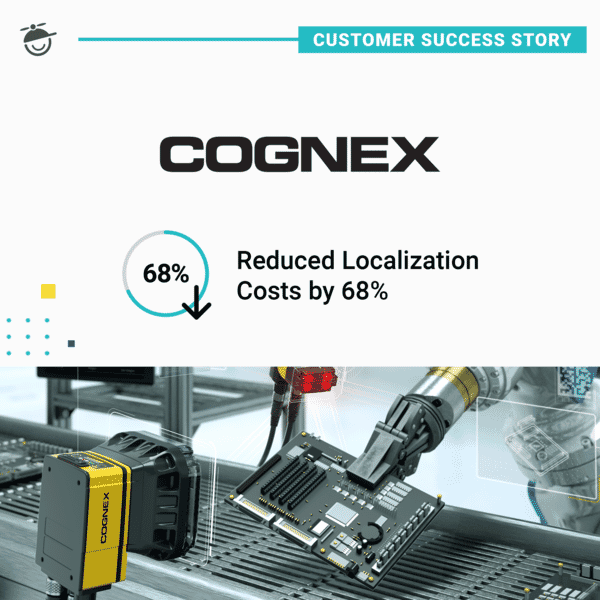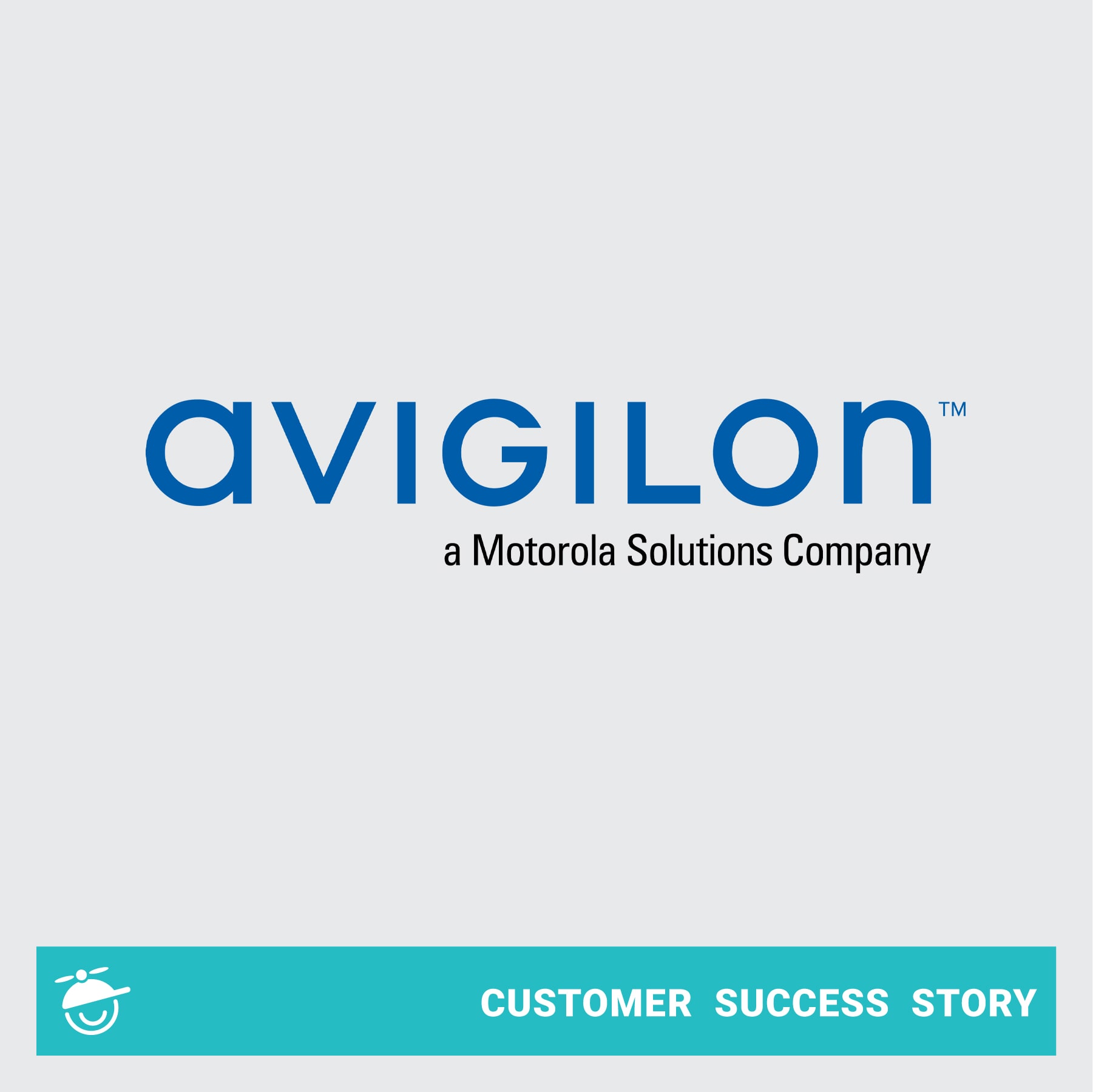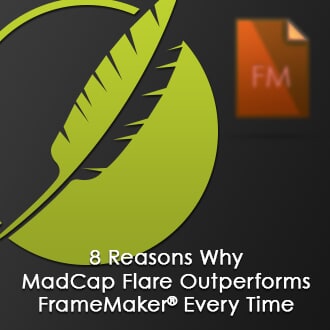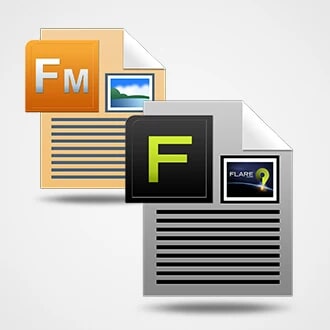Around the world, Cognex Corporation is well known for being a trusted provider of vision systems, software, sensors and industrial barcode readers used in manufacturing automation. However, for years they had relied on a combination of documentation tools: Adobe® RoboHelp® to produce software Help files and Microsoft® Word, Adobe® InDesign and Adobe® FrameMaker® to publish PDF documentation for customers in multiple languages.
“Often, if information needed to be updated, writers had to make the change in multiple documents and manually track all of the changes,” recalled Kellie Freeman, a principal technical writer at Cognex Corporation. “Then when submitting content to a localization vendor, the entire FrameMaker® book file or Word document had to be retranslated, which was very expensive.”
Their frustration eventually led them to seek an alternative solution that would:
- Reduce the costs of translating and localizing product documentation
- Facilitate content reuse to shorten project time while publishing to multiple channels
- Enable easy, intuitive access to information via modern websites
- Ensure consistency and compliance across multiple outputs
Today, MadCap Flare and MadCap Lingo have allowed Cognex to deliver a modern website with HTML5 and PDF versions of its documentation, localized documentation in 8 languages and an interactive knowledge base to help customers properly use their mission-critical products.
Through the adoption of MadCap Software’s solutions, Cognex has been able to:
- Cut their localization costs by 68%
- Cut their development of new product documentation by more than 50%
- Increase page views by 41% over the original knowledge base site
- Improve overall customer satisfaction and user experience
- Replace multiple products including Adobe® RoboHelp®, Adobe® FrameMaker®, Adobe® InDesign®, Microsoft® Word
Accelerate Productivity Through Content Reuse
Since migrating the documentation for their flagship In-Sight® product line to a new single-source publishing methodology using MadCap Flare, Cognex has continued to expand its use of Flare, including migrating all Cognex technical documentation to Flare, launching a knowledge base website, and most recently launching a modern, responsive documentation portal.
Throughout the evolution of its documentation, key features in MadCap Flare have facilitated content reuse and helped the technical writing team to complete projects faster:
- Switching to modular, topic-based authoring has enabled the team to reuse the same topics for a variety of documents and output types.
- Snippets allow writers to make a change once to update all applicable areas of the documentation.
- Writers make heavy use of conditions to create many different documents from the same source content.
- Style sheet mediums allow the team to produce all PDF and responsive HTML5 outputs from a single cascading style sheet (CSS) that is shared among all documentation projects through global project linking.
- And much more!
“We rely so heavily on all of Flare’s single-sourcing features. The time it saves us when producing new product documentation is immeasurable,” Kellie notes. “In the past, creating documentation for a new product could take several months. Now, with Flare, I can leverage existing content and produce the new documentation in as little as two to four weeks,” says Kellie.
Ensuring Consistency Across Multiple Outputs
One of the most critical MadCap Flare features thus far has been global project linking, which allows Cognex to ensure both consistency and compliance across outputs.
“Global project linking is the epitome of single-sourcing. It allows us to control the look-and-feel of all documentation from a single location, immediately integrate the changes into all Flare projects and automatically publish the updates using our continuous integration build system without any manual work for writers,” Kellie says. “That has saved us a lot of time.”
At Cognex, compliance applies not only to corporate branding but also to industry and government standards. For example, to ship hardware products to Korea, Cognex must have Korea Certification and publish the “KCC” logo in its hardware documentation.
“We have to include specific text and logos for the different compliance standards,” Kellie notes. “With global project linking, a single logo can be used in all documentation, which ensures all product documentation adheres to the latest standards. There is never the risk of variance that you get with manually copying and pasting. That’s huge for us.”
Reducing Translation Costs with MadCap Lingo
MadCap Flare’s single-source publishing has also allowed Cognex to reduce the number of words that had to be translated by 39% in the first six months alone. In 2010, Cognex also began using MadCap Lingo, which is tightly integrated with MadCap Flare, to streamline in-house translations.
However, the company’s translation memory still resided with a vendor. That realization led the Cognex team to use MadCap Lingo to bring its translation memory in-house.
“Using MadCap Lingo, we gained control of all of our translation memory assets,” Kellie recalled. “That has given us the flexibility to switch to a different vendor on short notice; we simply provide them with our translation memories to make that transition.”
Cognex has reduced both the time and cost associated with localizing its documentation through the MadCap Lingo translation memory and MadCap Flare single-sourcing, which have enabled the company to increase its number of 100% matches when submitting content for localization. This reduces the work for in-house translators and allows the Cognex team to negotiate with localization vendors, so they are only charged for new translations and not charged for 100% matches.
“Based on feedback from in-house translators, translation times were reduced from two to three weeks to about two days using MadCap Lingo. At the same time, the modular topics and snippets in MadCap Flare allow us to only send new or modified content for translation. In the first four years alone, this enabled us to reduce our localization costs by 68% for the In-Sight product line.”
KELLIE FREEMAN | Principal Technical Writer, Cognex Corporation
Establishing an Intuitive Documentation Website
For years, Cognex largely delivered its MadCap Flare-based documentation as PDFs and HTML5 outputs that were installed with its software. Some documentation was available on the company website as PDFs, Word documents and Zip files, but had to be manually uploaded.
“It was difficult for our customers to find the information they needed if they didn't have the software installed, so in 2018, we decided to create a new documentation site,” Kellie recalled.
Working with the global marketing team, Cognex’s technical writers used MadCap Flare to build a responsive documentation website that was launched in September 2019. Today, the site hosts some 51 responsive HTML5 outputs and 78 PDFs for each of its current 47 product releases, as well as documentation for earlier versions of those products.
“We have hundreds of outputs. Using continuous integration and MadCap Flare command line builds, we can generate all of our documentation automatically,” Kellie explains. “This allows us to continuously deliver any necessary updates and keep pace with the product releases.”
To replicate the look and feel of the corporate website, the Cognex team created an HTML5 skin and cascading style sheet (CSS) with MadCap Flare. This is managed in the global project along with logos, product images and other corporate content. Then, through global linking, any changes are pushed out to all relevant outputs.
“Flare makes it easy for us to exactly match the look-and-feel of the company website. The ability to automatically maintain corporate branding by making a change in a single location instead of hundreds of individual projects is invaluable.”
KELLIE FREEMAN | Principal Technical Writer, Cognex Corporation








